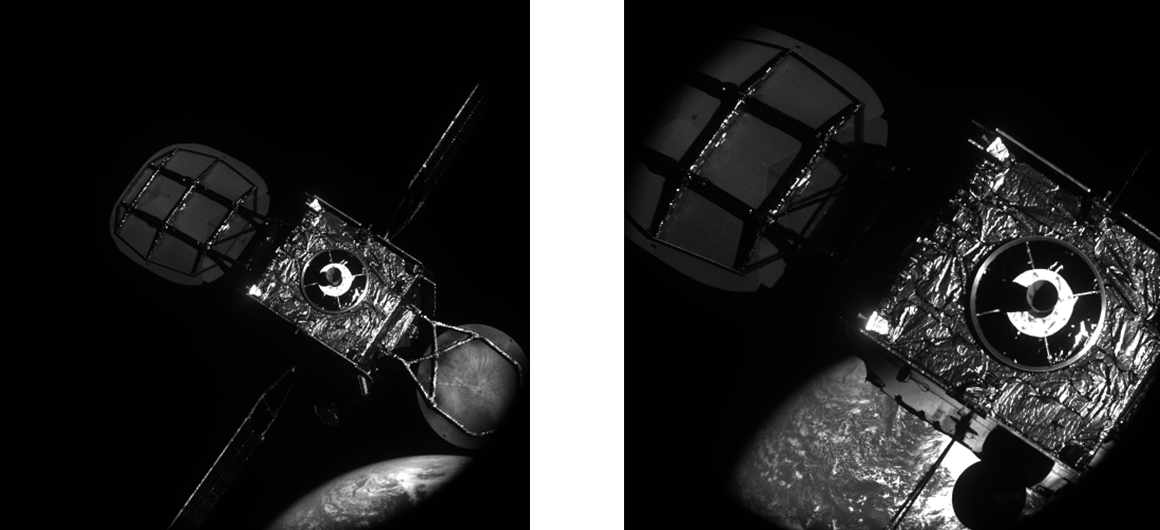Sponsored Content. Intelsat
On 25 February 2020, we successfully docked our Intelsat 901 (IS-901) satellite to Northrop Grumman’s new Mission Extension Vehicle-1 (MEV-1). This historic accomplishment marks the first time two commercial satellites have docked in orbit and the first time that mission extension services will be offered to a satellite in geosynchronous orbit.
IS-901 is a fully operational communication satellite that is running low on fuel. MEV-1 will power IS-901 for another five years. Beginning mid-year, we will be adding additional capacity from IS-901 to the FlexExec network. MEV is designed for multiple docking and undockings and can deliver over 15 years of life extension services. The launch of the second Mission Extension Vehicle, MEV-2, later this year, is contracted to provide service to a different Intelsat satellite.
This is the first step in in an expansive technology development plan to focus on space sustainability and develop in-space logistics services for our customers. As MEV technology progresses, it could be used to correct issues that may occur as a satellite travels to its orbital location, post-launch. Imagine being able to easily correct a slight malfunction of a satellite in-orbit; for example, a solar array or an antenna reflector that is being stubborn and won’t deploy. In-orbit servicing could allow us to repair that satellite, ensuring it delivers the performance it was designed to.
Our end goal is always to be as responsive and proactive as possible to ensure our customers receive optimal service without disruption – in-orbit servicing improves our ability to do that.

Picture is taken from MEV-1. It shows IS-901 with the earth in the background.